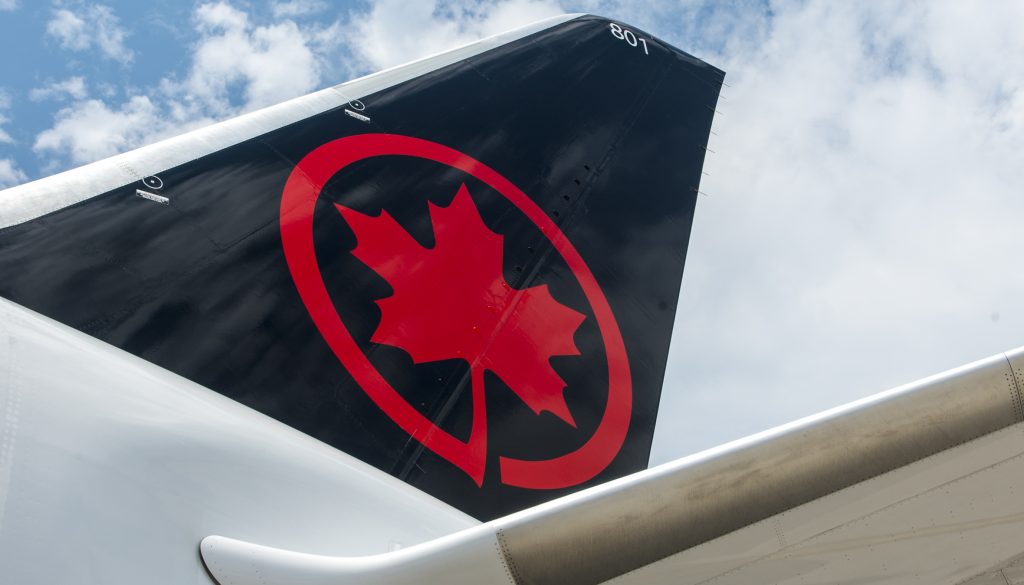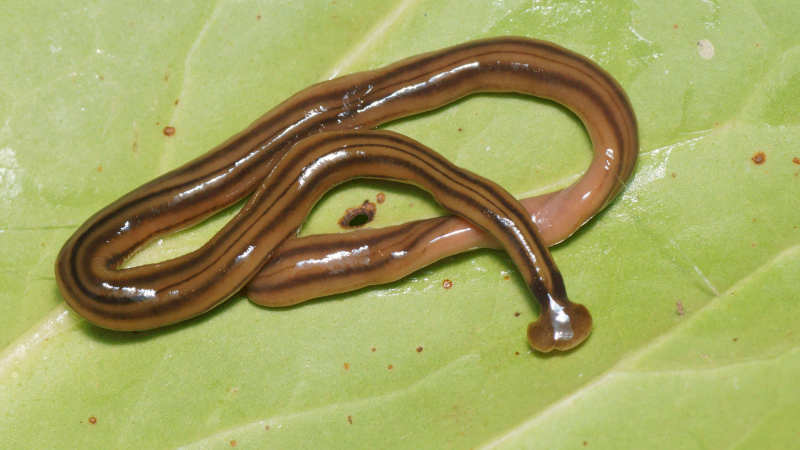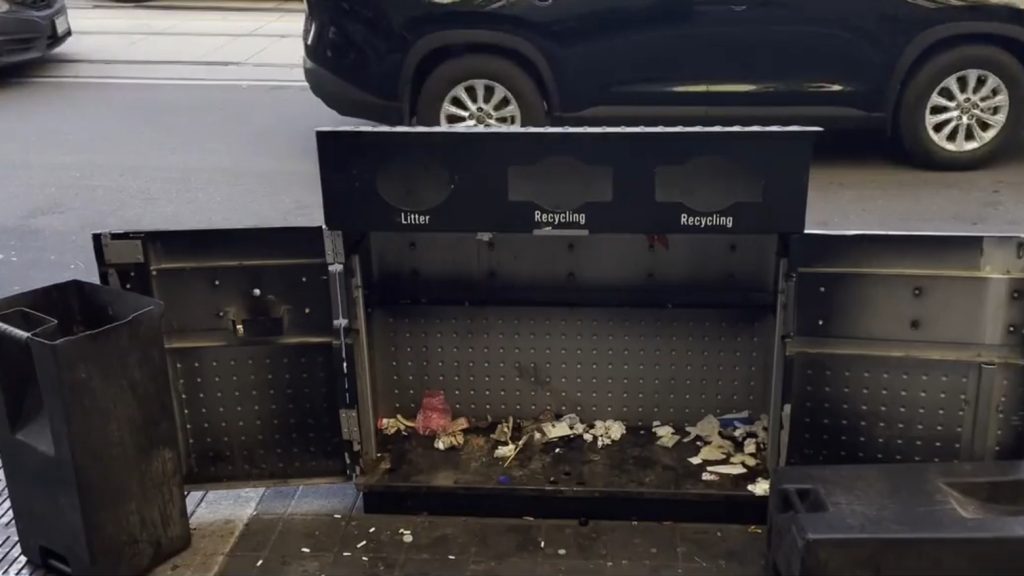Raw sewage flowing into Toronto Harbour: report
Posted December 16, 2016 9:25 am.
Last Updated December 16, 2016 5:14 pm.
This article is more than 5 years old.
A new report from a local non-profit group is calling for action after finding evidence of raw sewage flowing into the Toronto Harbour every time it rains.
Lake Ontario Waterkeeper’s video report says there are nine spots where sewage flows from pipes directly into the lake.
Over the summer, the agency collected 166 water samples and tested them for E. Coli.
It says two-thirds failed to meet basic provincial standards. And on one day, levels of the bacteria near Bathurst Street and Queens Quay West were 700 times higher than the level safe for swimming.
The group says thousands of people use the harbour, including kayakers, sailors, stand-up paddle-boarders and anglers.
It’s calling for the water quality of the Toronto Harbour to be tested regularly and for public alerts to be issued when the water is unsafe.
It plans to continue sampling next year and share the results with boaters via its Swim Guide website and app.
Watch Lake Ontario Waterkeeper’s video report on YouTube or below.
Read the complete statement from Toronto Water general manager Lou Di Gironimo below:
We have not reviewed that organization’s data nor their report. As the City of Toronto was not involved in collecting the samples and is not aware of the collection or testing methodologies used, we cannot provide information about them.
The City of Toronto is committed to protecting and restoring Lake Ontario. The City has made significant progress in improving water quality in all of our waterways. Under the City’s Wet Weather Flow Master Plan, adopted by City Council in 2003, we have already invested approximately $485 million on stormwater management projects. Projects under the Plan include a City-wide mandatory downspout disconnection program; the construction of stormwater ponds; and a Basement Flooding Protection Program. A number of other key projects are in development and the City will be spending an additional $2.8 billion under the Plan over the next 10 years.
Background information:
In 1987, the International Joint Commission identified the City of Toronto’s waterfront as one of 43 polluted Areas of Concern in the Great Lakes Basin, largely due to poor water quality conditions in the Don River and the Inner Harbour. To help address this, the Toronto and Region Remedial Action Plan (RAP) was created – aimed at restoring the health of Toronto’s waters and habitats. Significant progress has been made over the past decade and more progress will be made in the next few years.
Evidence of improved water quality
The most recent RAP report: Within Reach: 2015 Toronto and Region Remedial Action Plan Progress Report, highlights the positive strides that have been made towards delisting City of Toronto’s waterfront as an area of concern. The RAP began in 1987, with implementation of remedial and restoration starting in 1994 – which has led to significant and demonstrable improvements in the quality of water.
Between June 1 and August 31, 2016 (albeit a very dry summer) the beaches in Toronto were posted for high levels of bacteria on average 7 days, in 2015 it was 12 days and 2014 it was 13 – this is compared to 44 days in 2005 and 31 days in 2006. Of note, in 2013, a very wet summer with a significant storm on July 8, beaches were posted on average 17 days that year. The City promotes its swimming beaches, eight of which have received the internationally recognized Blue Flag status. The City tests water quality at each of its 11 swimming beaches during the swimming season. As noted in the RAP report, along the waterfront, water quality is poorest near the mouths of tributaries and that is where the beaches that have not obtained Blue Flag status are located.
Also as noted in the RAP report, the two major watersheds that affect the Toronto and Region area of concern are the Humber and the more heavily urbanized Don. Furthermore, along the waterfront, water quality is poorest near the mouths of tributaries, especially during rainfall events. Water quality can also be poor in embayments with little circulation, such as the Ship Channel, and in the Inner Harbour during rainfall events, reflecting the influence of the Don River and combined sewer overflows. Generally, however, the level of pollutants quickly declines as one moves offshore, due to the influence of currents.
Sources of surface water pollution
It is important to understand that surface water pollution is a complex issue and can come from many sources including:
- Various tributaries: sediment, debris, litter, naturally occurring bacteria found in the numerous rivers and creeks (many north of the City’s boundaries) that ultimately drain into Lake Ontario.
- Illegal cross connections: These can occur when a home is incorrectly connected to a storm sewer rather than a sanitary sewer. In such cases, the discharge can flow directly into a stream, river or Lake Ontario. It is illegal and the City of Toronto actively searches out illegal cross connections through the Outfall Monitoring Program that inspects and samples every storm sewer outfall discharging into Lake Ontario and Toronto’s watercourses. The Outfall Monitoring Program has identified 726 cross connections since the program’s inception in late 2005.
- Stormwater: In a natural setting, rain and melting snow can absorb into the ground, which acts as a natural filter, before entering the water table. In a large, built-up city like Toronto, water often has little or no place to be absorbed, so it makes its way into the nearest storm sewer, picking up grease, garbage, bacteria and other pollutants along the way before discharging, untreated, into the nearest waterway.
- Combined sewer overflow: Some of the City’s older areas, where the sewer system was built as long as a century ago, have combined sewers in which there is only one pipe that carries both sewage and stormwater — a common sewer design used by many municipalities at the time. Most of the time, combined sewers carry all contents (rain, melted snow and sewage) to wastewater treatment plants for full treatment. During periods of intense, heavy rain fall however, the volume of stormwater that enters these combined sewers may exceed the system’s capacity and some of the combined sewer flow (a mix of stormwater and sewage) must be diverted (or overflow) untreated, directly into creeks, rivers and the Lake. Combined sewer overflows (CSOs) were designed to act as a relief valve, preventing overloading which could lead to flooding of properties, public spaces or even the sewage treatment plants. Many older North American municipalities with sewer systems built during or before the 1940s operate with some combined sewers.
What the City is doing to improve water quality
To specifically address the issue of how this infrastructure impacts the Lake, more than a decade ago Toronto introduced the Wet Weather Flow Master Plan (WWFMP) with the goal to reduce and ultimately eliminate the adverse impacts of stormwater. Since the adoption of the plan, the City has invested approximately $485 million in city-wide projects to improve water quality in Toronto’s watercourses and Lake Ontario nearshore, build resilience to reduce basement flooding, and restore and protect watercourses from future erosion, which supports ecosystem health. Toronto Water’s 10-Year Capital Plan identifies almost $2.8 billion for the implementation of WWFMP projects over the next ten years.
In 2006, as part of the WWFMP, Toronto City Council approved the start of the Don River and Central Waterfront Project, initially starting with an Environmental Assessment study to look for solutions to improve water quality. Today, The City of Toronto’s Don River and Central Waterfront CSO Control project is the most significant CSO control project in Canada. The preliminary design for this $1.5 billion, 25-year project is now complete, with the first phase of construction planned to start in 2018. Ultimately the project — which includes three major tunnels, twelve CSO storage shafts, twenty-seven outfall connections to the tunnel, seven off-line CSO storage tanks, a new pumping station, a new wet weather flow High Rate Treatment (HRT) facility and new outfall — will virtually eliminate the release of combined sewer overflows into the Don River and Central Waterfront, as well the reduction of polluted stormwater discharges. The ultimate impact of this project on improved quality of lake water along the waterfront is expected to be significant.
The City of Toronto is also in the process of implementing a very large scale modernization of all its wastewater facilities with the objective of ensuring continued state of the art treatment of wastewater for many decades to come. The 10-year capital plan for the City’s largest plant, the Ashbridges Bay Treatment Plant, is more than $1.881 billion. More than $405 million has been budgeted for the Humber Treatment Plant which is the City’s second largest plant. In all, the City has budgeted more than $12.209 billion over the next ten years to upgrade its water and wastewater infrastructure – which included $859 million for 2017 alone.
Note:
For information on water quality in Lake Ontario, Environment and Climate Change Canada, the Ontario Ministry of Environment and Climate Change and the Ministry of Natural Resources and Forestry could also be consulted.










